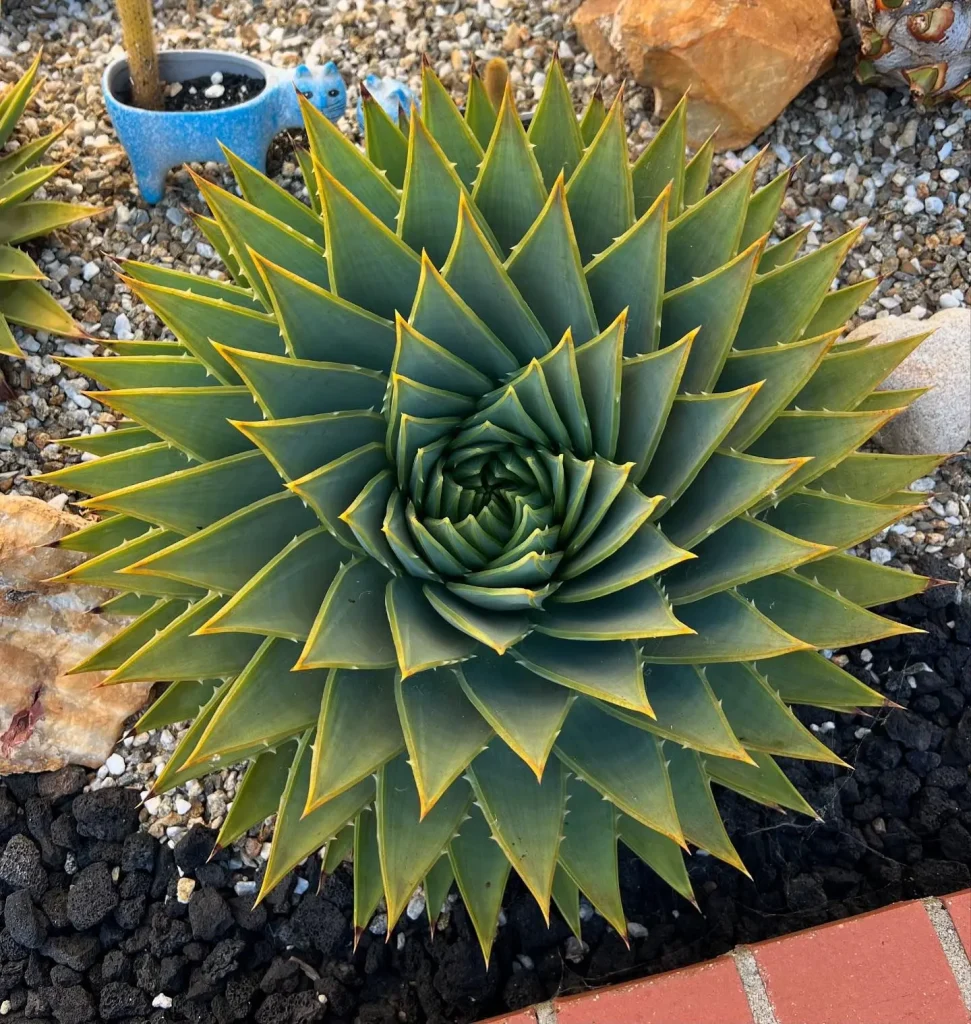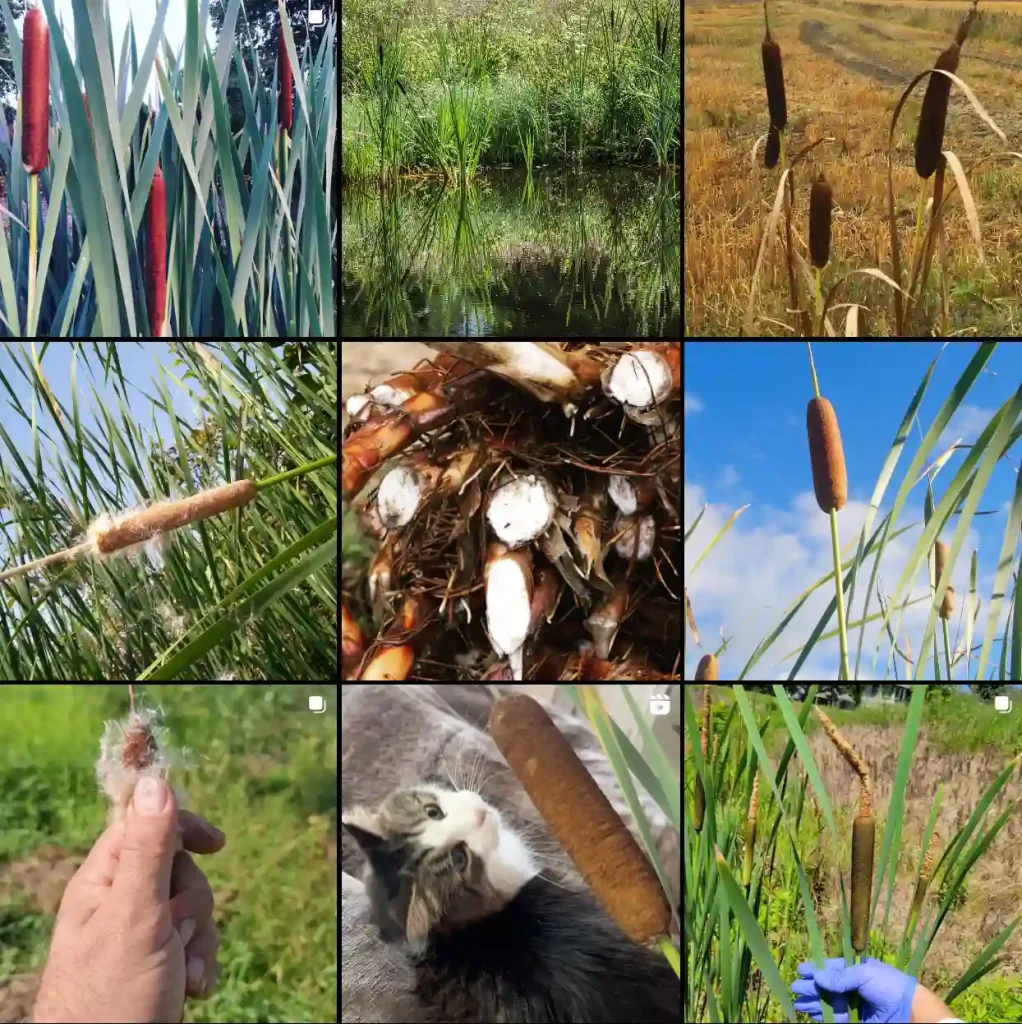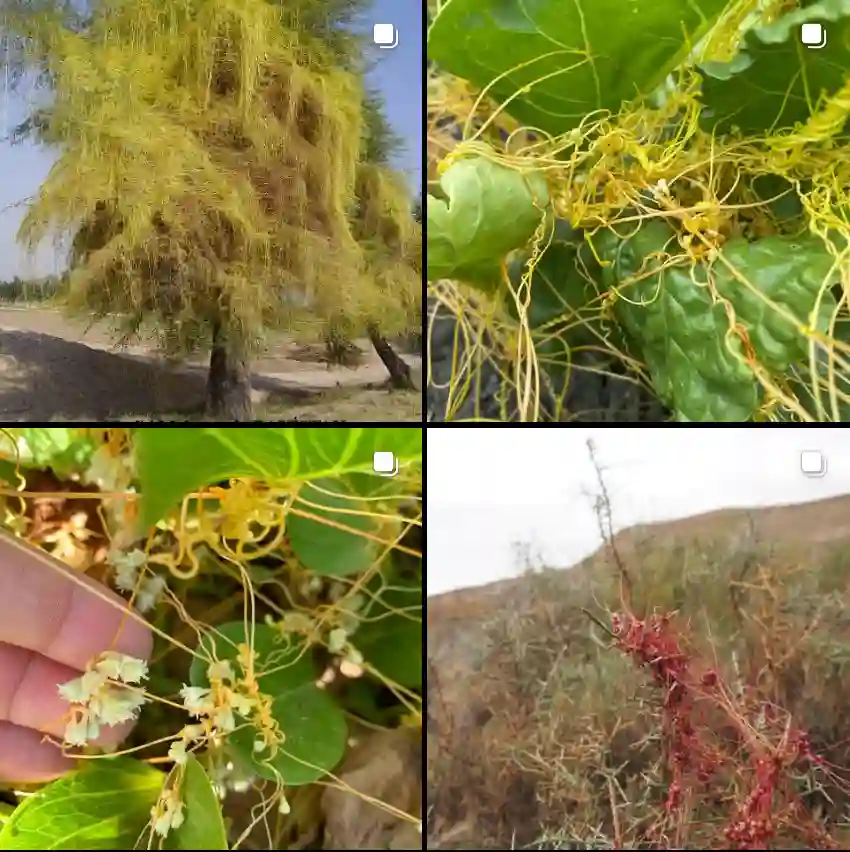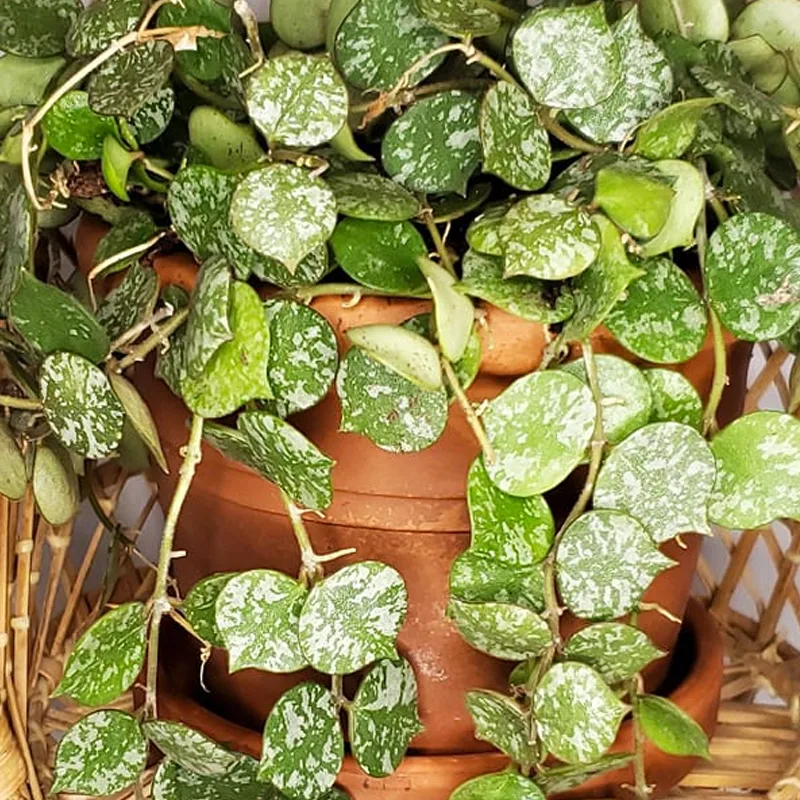Exploring the Fascinating Xeronemataceae Family
As a plant enthusiast, I often find myself drawn to unique and lesser-known plant families. One such family that has captured my interest is Xeronemataceae. With its sole genus, Xeronema, this family presents a captivating blend of beauty and resilience. In this article, I want to share my thoughts and experiences with Xeronema, as well as delve into its characteristics and significance within the plant kingdom.
What is Xeronemataceae?
The Xeronemataceae family is relatively obscure, but it holds a unique place in the world of botany. This family consists of only one genus: Xeronema, which is native to the remote islands of New Zealand, specifically the Kermadec Islands. What intrigues me most about this family is how it showcases the adaptation of plants to specific environments, particularly in its lush and challenging habitat.
Characteristics of Xeronema
Xeronema is characterized by its striking inflorescence and robust foliage. The plant typically features elongated leaves that can reach impressive lengths, creating a dramatic appearance. The inflorescence, a cluster of tubular flowers, is particularly noteworthy. These flowers are often bright in color, ranging from deep reds to vibrant yellows, making them a stunning sight against the green backdrop of the leaves.
From my perspective, the aesthetic appeal of Xeronema cannot be overstated. It stands out not just for its beauty but also for its resilience. These plants thrive in conditions that may seem inhospitable to many others, demonstrating remarkable adaptability. Observing Xeronema in its natural habitat can be an awe-inspiring experience, especially as I reflect on how nature crafts such extraordinary forms of life.
Growing Xeronema
For those interested in cultivating Xeronema, I can attest that growing this plant can be a rewarding venture. However, it requires careful consideration of its specific needs. Xeronema thrives in well-draining soil and benefits from plenty of sunlight, but it also needs protection from harsh, direct sun during peak hours. I have found that creating a microclimate with filtered light helps the plant flourish.
Watering Xeronema should be done with caution. While these plants are somewhat drought-tolerant, they do require regular moisture during their growing season. I’ve learned that allowing the soil to dry out slightly between waterings encourages healthy root development. Observing the plant respond positively to proper care has been one of the highlights of my gardening experience.
The Ecological Importance of Xeronema
Beyond its aesthetic and horticultural value, Xeronema holds ecological significance. It plays a role in its native ecosystem by providing habitat and resources for various wildlife. The flowers attract pollinators, including bees and birds, which are essential for the continuation of many plant species. Witnessing these interactions in my garden has deepened my appreciation for Xeronema and its place within the broader ecosystem.
Additionally, the ability of Xeronema to thrive in challenging environments makes it an interesting subject for study in the context of climate change. As we face increasing environmental challenges, understanding how plants like Xeronema adapt can provide insights into the resilience of life on Earth. This has made me more aware of the importance of preserving these unique species.
Propagation Techniques
If you’re interested in propagating Xeronema, I have found a couple of effective methods. Seed propagation can be done, but it requires patience and attention to detail. The seeds should be sown in a warm, well-draining medium, and keeping them moist but not waterlogged is crucial. I’ve also had success with vegetative propagation by taking offsets or divisions from established plants. This method tends to yield quicker results and allows me to expand my collection more rapidly.
Final Thoughts
The Xeronemataceae family and its genus, Xeronema, may not be the most well-known in the plant kingdom, but they are certainly deserving of attention. The striking beauty, adaptability, and ecological importance of Xeronema make it a fascinating subject for both casual gardeners and dedicated botanists alike. As I continue to explore the world of Xeronema, I encourage others to consider adding this unique plant to their collections. Its resilience and beauty can serve as a reminder of nature’s incredible diversity and the importance of conservation.
In conclusion, my journey with Xeronema has enriched my understanding of plants and their ecosystems. Whether you’re a novice gardener or a seasoned expert, I believe that exploring the Xeronemataceae family can offer valuable insights and inspiration. Let us continue to appreciate and protect the unique plants that share our world.
If i die, water my plants!



